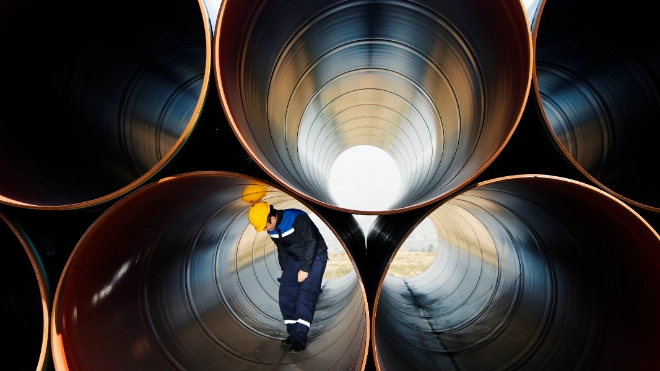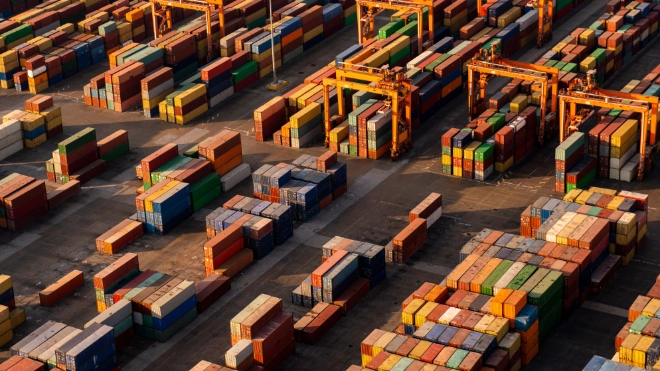
Economic powerhouse, coming of age
Multiple sources of growth
Several factors have positioned Emerging Asia as the world’s main growth engine. The main factors underlying the region’s strong dynamics in the last four decades are a large and growing labour force, trade liberalisation and economic reforms, technological advancements and sound government policies. The region will still benefit from these sources of power, but some cracks are appearing.
Reaping the demographic dividend, but less so
One factor that has played an important positive role in the past and is losing strength now is the labour force. For most countries, ageing populations are not a major problem, but for China and Thailand it is. Increasing productivity growth to compensate is difficult for China, despite heavy investments in new technologies. Reasons are the economy’s rebalancing away from investment-led growth and technological decoupling from the West. In Thailand, the large share of employment in sectors with relatively low productivity, high household debt and relatively low FDI inflows are obstacles to increasing productivity growth.
Global trade deterioration with mixed effects
Given the deterioration of the global trade climate, the region’s strong position in international supply chains could also contribute less to growth. However, this is currently only the case for China. For countries whose trade relations remain intact the damage is limited. Their economies will be affected by the negative impact on the global economy and the associated supply chain disruptions, but there will also be positive effects, such as a favourable reorientation of investments and trade. In the longer term, however, the trade policies envisaged by the new US president could be more disruptive to Asia.
Monetary easing and strong exports support growth
The short-term growth outlook is positive for most economies. Stronger exports will continue to grow into 2025, albeit at a less robust pace. In most countries, monetary easing will support growth. This picture does not apply to China, where persistent problems in the property sector and low consumer confidence led to weakening consumer spending. Monetary easing and fiscal stimulus will provide relief in the short term, but will do too little to address the broader structural problems in the Chinese economy. Meanwhile, export growth is slowing due to the trade war. India and the five largest ASEAN economies are relatively well positioned in the changing global trade environment. Most of these countries show steady growth in 2024/25, with the India and Philippines showing the highest growth rates and Thailand the lowest. Emerging Asia will succeed in maintaining its role as an economic powerhouse in both the short and medium term, although ageing and protectionist policies will somewhat detract from this.
































